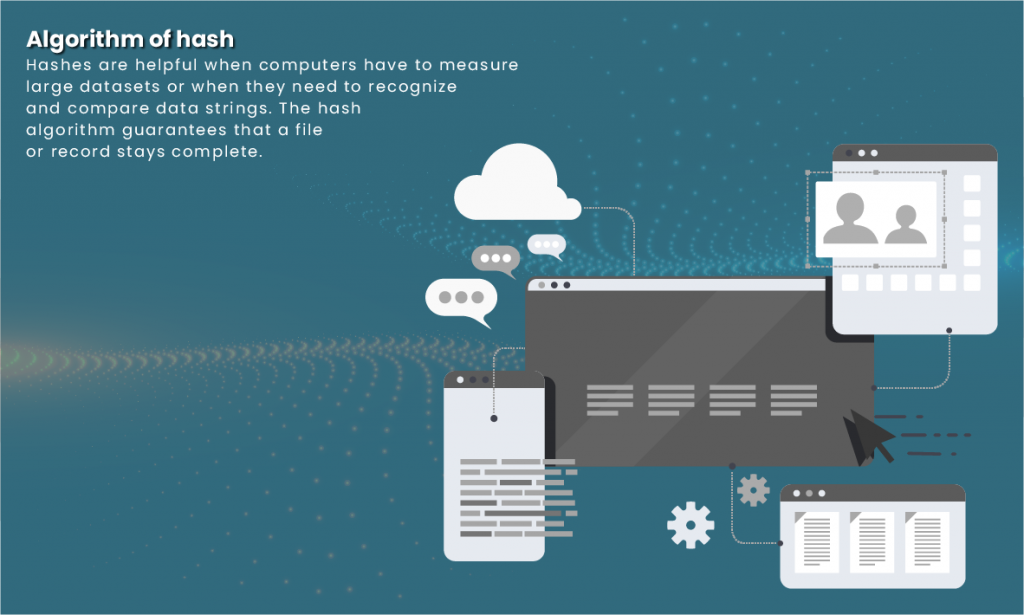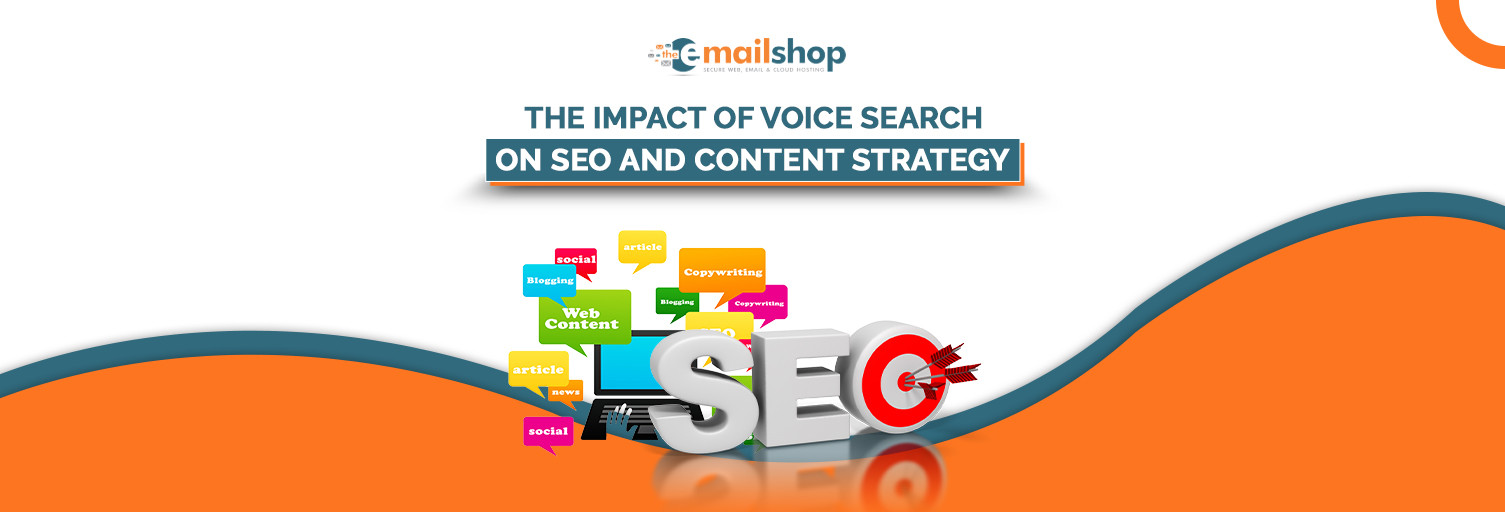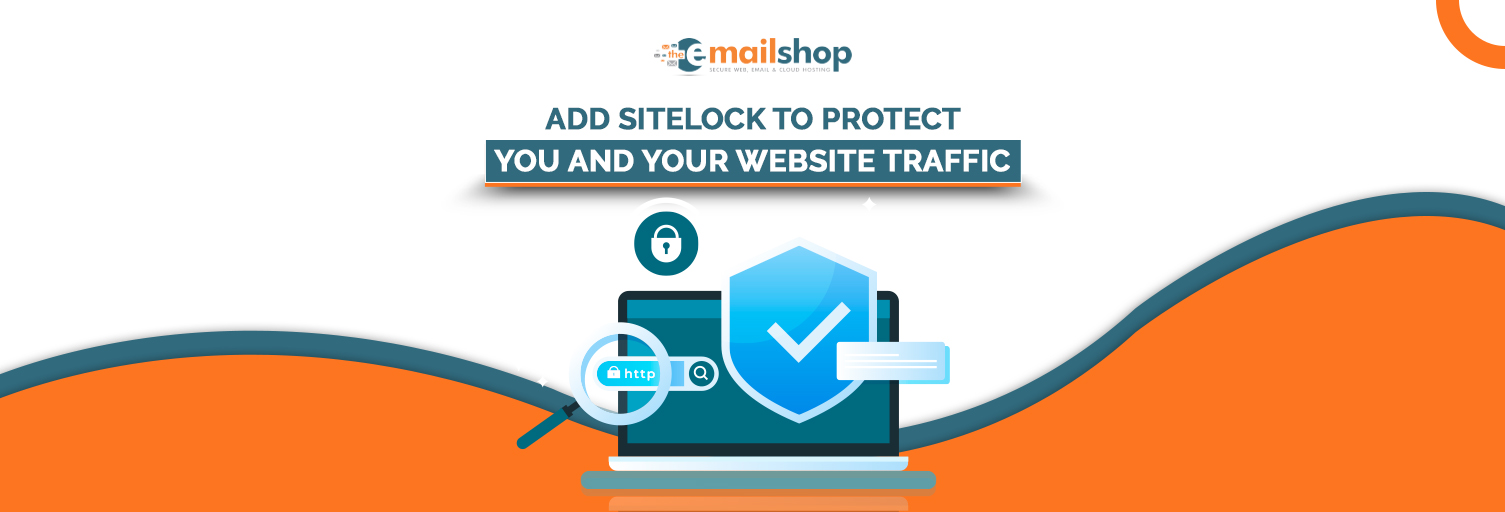SHA1 vs SHA256 – All about SHA1, SHA2, and SHA256 hash algorithms
Threats and identity fraud cases become more popular as the number of people on the worldwide web rise. There is not a day on the Internet without learning about fraud or data leakage. Often, as the data is transferred, identity stealing happens. The most cost-effective solution is to preserve the user’s confidence in your website and secure his data integrity. These credentials and the protection of their data on the Internet are gradually being made known to consumers. Here at The Email Shop, I will describe SHA1 vs SHA256 and other information about them.
SSL Certificates assure protection. Without collecting appropriate details from consumers, you cannot offer a service or merchandise. These certificates help you build a secure atmosphere on your website so that consumers can exchange their data without thinking about it. In this world of risks, where cybercrime is normal, it cannot lead to difficult unfavorable situations if there is no protected online protocol.
The SSL credential also tends to improve your SERP rating. As a company online, this allows you to attract more clients and greater customer involvement (due to better SEO).
SSL processes the server data with a private key and decrypts it at the end using the corresponding public key. SSL uses a private key. This data is transmitted in cryptography. Some hash algorithms are used to encrypt and decode this.
Algorithm of hash
Don’t know what algorithms hashing is? Ok, they’re sometimes referred to as hash functions. Most computers are used to store large data files or provide a safe means of sharing data. It is a mathematical feature that renders a vast volume of knowledge minimal. The code is created with complicated calculations and is also called a hash or hash key—an odd and immutable hash key to a text. And the slightest change triggers a change in the hash key, and it allows you to find out whether any data has been tampered with. Although anyone might have the hash key, the original knowledge cannot be identified.
Hashes are helpful when computers have to measure large datasets or when they need to recognize and compare data strings. The hash algorithm guarantees that a file or record stays complete. This makes it much easier for machines to compare large datasets. Instead of contrasting the whole program, they should compare the hash key. These dangers may be used in any context, whether for protection, contrast, or secure transmitting.
You Might Also Like to Read: Top Reasons you need SSL certificate UK – Websites Security
What is SHA-1?
SHA-1 is one of SSL certificate authorities’ most frequently utilized and used cryptographic hash capabilities for signing certificates. This was one of the earliest hash algorithms the US federal government has defined for use. The NIST and NSA established it. As an improvement on the SHA, which was published in 1993, SHA-1 has been published as the federal government standard in 1995. It receives a text input and creates a 160-bit (20-byte) hash digest, normally a 40-digit hexadecimal string. It’s called a message digest. The SHA-1 is programmed to identify a text that fits a specified message digest or to identify two separate texts that digest the same message.
SHA-256, what is it?
SHA-256 was introduced as a promising generation of SHA features in 2000 and was accepted as a FIPS standard in 2002, making it a safer, cryptographic hash feature. The SHA-256 produces a 256-bit hatch quality from 512-bit packed message blocks, and up to 264-1 piece is the actual message volume. The SHA-256 still explicitly calculates a 256-bit hash for authentication, but this effect can be reduced to printing and storing in 196 or 128 bits. This means that a nabilone SHA-256 provides a considerable advantage in printed quotes for humans’ use and greatly enhances safety at the expense of reduced MD5 efficiency. In comparison to the MD5 algorithm, simplified SHA-256 is not considered to be targeted.
SHA1 vs SHA256
Basic of SHA-256 and SHA-1
SHA-1 is one of SSL certificate signature authorities’ more commonly utilized and used cryptographic hash functions. It was one of the earliest hash algorithms the US federal government has defined for use. SHA-256 was introduced as a promising generation of SHA features in 2000 and was accepted as a FIPS standard in 2002, making it a safer, cryptographic hash feature. It falls with the same hash functions as the cryptographic hacking algo, other SHA-384 and SHA-512, and is part of the SHA-2 family.
Block Size
Block Size – the SHA-1 is a 160-bit Hash to create a 160-bit hash quality. Usually, a 40-digit hexadecimal string, is recognized as a message digest. The SHA-1 is programmed to identify a message that fits a given message digest or to find two separate messages that digest the same message. The SHA-256 produces a 256-bit hatch value from 512-bit padded message blocks, and up to 264-1 bits is the actual message size.
Presentation
– The possibility of splitting the SHA-1 has often improved with the improved computational capacity. It was one of the earliest hash algorithms listed by the federal government in the US and is more vulnerable to assaults because of its reduced bit size. Since the design of SHA-256 is similar and uses the same forms of binary mathematical and logical conditional functions as SHA-1, it is an integral feature in many implementations. At the expense of a slight performance decrease linked to the MD5, SHA-256 still calculates a 256-bit hash locally, which vastly boosts protection.
You Might Also Like to Read: Website Security Checklist: Secure Website From Malware and Spam
Summary of SHA1 vs SHA256
SHA1 vs SHA256? Briefly, SHA-256 is safer and quite more accurate than SHA-1. SHA-256 refers to the SHA-2 family, which is widely utilized in Blockchain and hash cryptograms developed by NSA. SSL certificate authority utilized the SSL certificate to sign certificates as one of the oldest cryptographic hash features. Consequently, it was made more vulnerable to assault over time due to its reduced bit size and safety flaws which ultimately contributed to the devaluation of lenders of SSL certificates. At The Email Shop, you can also get more information about it. Call us for detailed information.
For Discount and Offers Visit our Official Twitter Page










